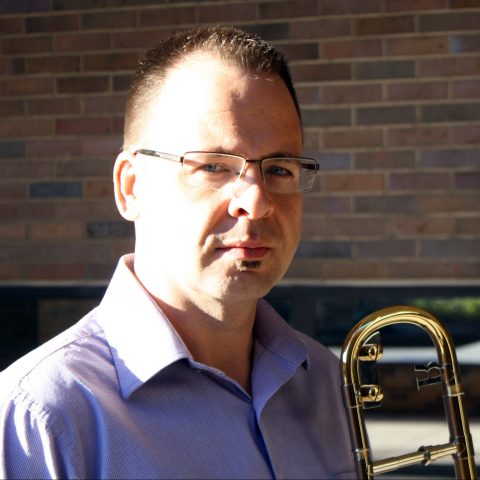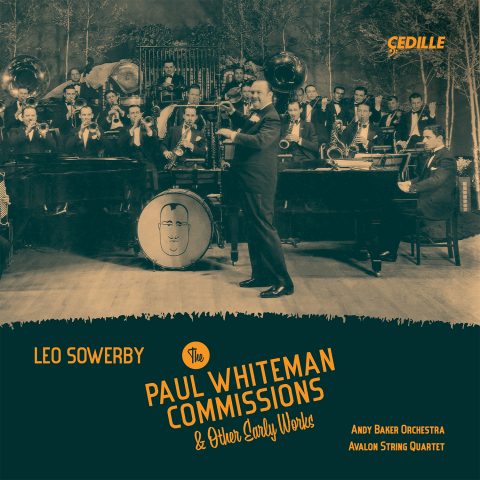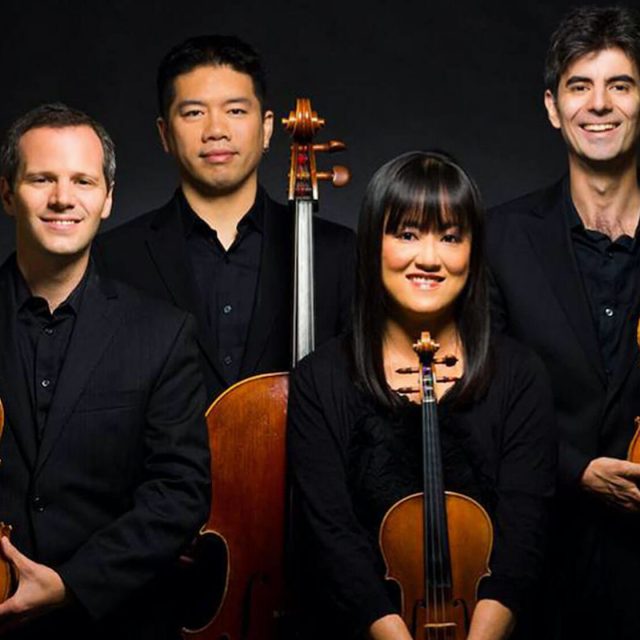Artists

Artists
Andrew Baker/Andy Baker Orchestra
Conductor, OrchestraTrombonist, composer, and conductor Andrew Baker, born and raised in London, began performing professionally at the age of 14 and had appeared on recordings and TV shows by the age of 18. During his four years at the Guildhall School of Music, Andy played two seasons with the Covent Garden Festival Orchestra, toured Europe with the Desford Colliery Band and in the show Carmen Jones, performed and recorded with the National Youth Jazz Orchestra, and began substituting in London’s West End theatres. Although his studies were in orchestral trombone playing, Andy took part in graduate jazz classes and ensembles and conducted his first recital before graduation. Andy spent the next four years touring extensively with the Ray Gelato Giants and freelancing in all aspects of London’s extensive music scene before relocating to Chicago in 2001.
Quickly establishing a reputation as one of the most versatile musicians in town, Andy was a member of Jon Faddis’s Chicago Jazz Ensemble from 2006–2012 and has been a core-member of Fulcrum Point New Music Project since 2010. In the early 2000s, Andy joined the faculties of Northwestern University and Elmhurst College and co-founded the bands Bakerz-Million and the New Standard Jazz Orchestra. Returning to school to pursue his interests in education and composition, Andy earned a master’s degree from DePaul University and joined the full-time faculty at the University of Illinois, Chicago in 2012.
Andy appears as a guest artist and clinician across the United States, England, and France and continues to perform and record in jazz, classical, and commercial music. Andy is a Michael Rath Trombones and Denis Wick performing artist.
ANDY BAKER ORCHESTRA
Forming the ensemble for these recordings presented some unusual challenges. While finding excellent musicians in Chicago who could code-switch between the classical and early-jazz vernaculars heard in Synconata and “Monotony” was fairly straightforward, other considerations were more complex. As with Gershwin’s original version of Rhapsody in Blue, Sowerby orchestrated for the individuals in Whiteman’s band: their unique skill sets and unusual instrumental versatility. This meant finding a first trumpet who could play not only a lush orchestral melody, but also a double high C (three octaves above middle C) and the rarely heard slide trumpet; an excellent tubist who was also an orchestral bassist; and woodwind multi-instrumentalists skilled on everything from E-flat clarinet to alto sax to contrabassoon. I am extraordinarily grateful for the skill and passion of my colleagues who embraced this wonderful music with grace, good humor, and stamina throughout long days of rehearsal and recording.
— Andrew Baker

